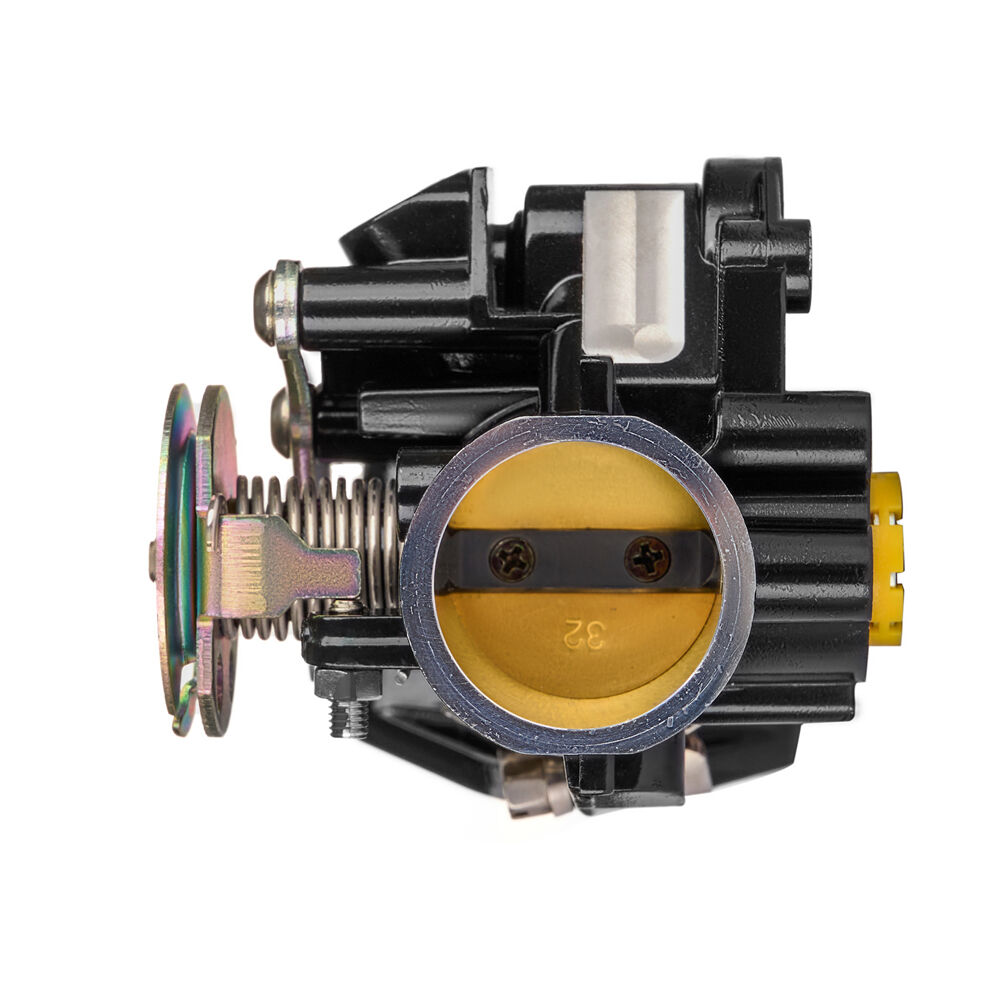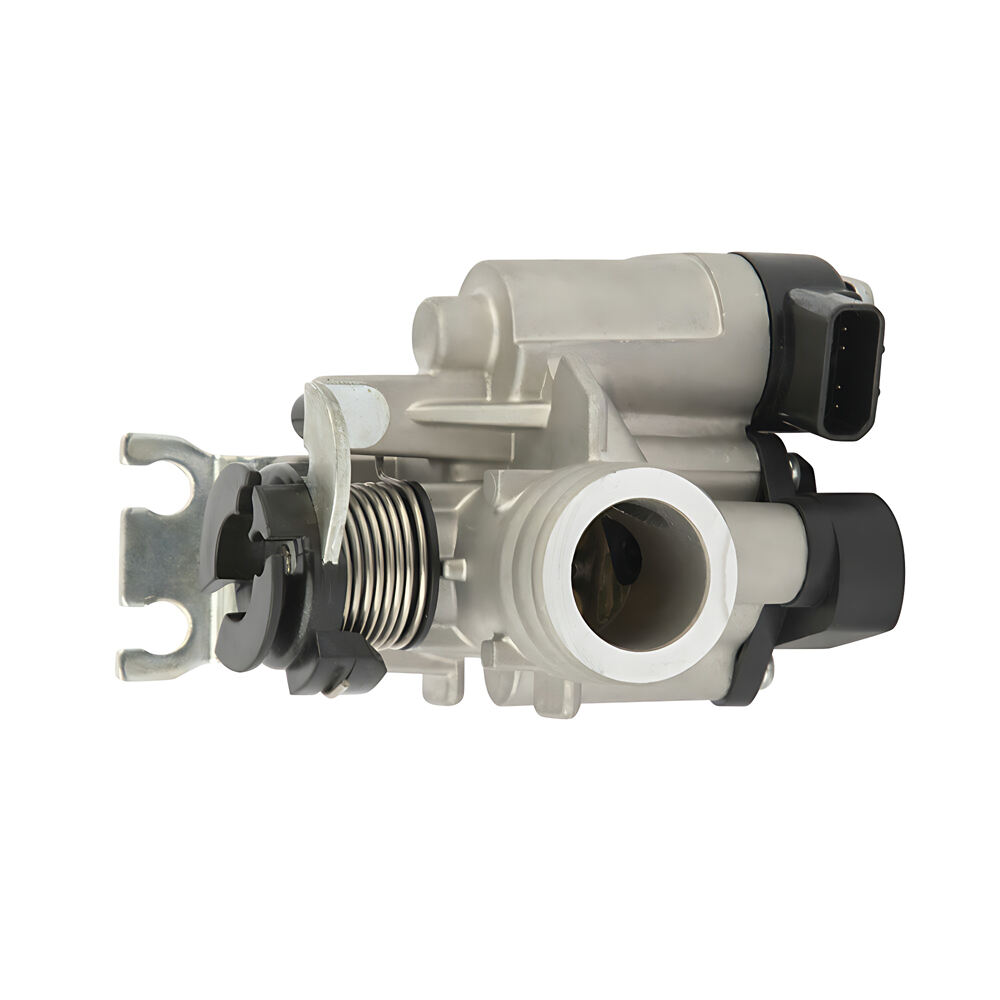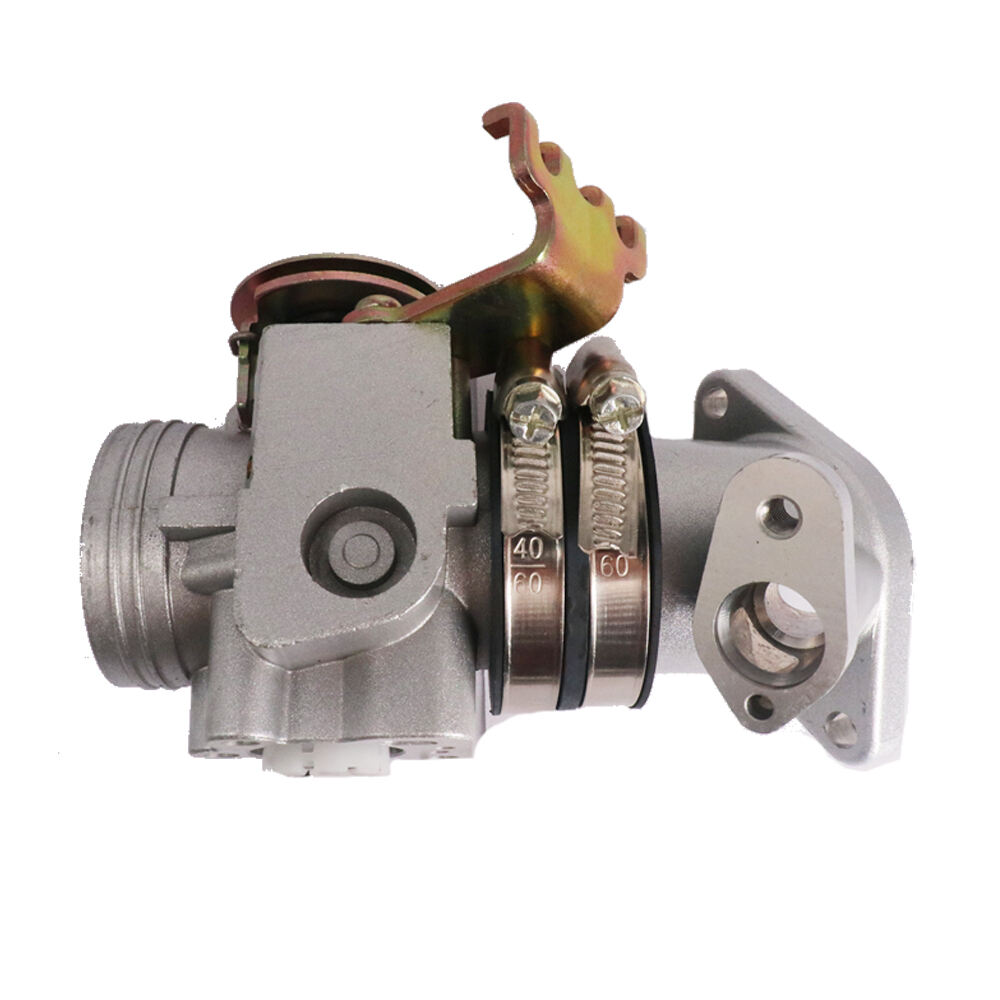corps de papillon défectueux
Un corps de papillon défectueux est un composant critique des moteurs modernes de véhicules nécessitant une attention immédiate en cas de dysfonctionnement. Ce dispositif contrôlé électroniquement régule la quantité d'air entrant dans le moteur, influençant directement les performances du véhicule, sa consommation de carburant et ses émissions. Lorsqu'il présente des problèmes, le corps de papillon peut manifester des symptômes tels qu'un régime de ralenti irrégulier, une réponse d'accélération insuffisante et une consommation accrue de carburant. La technologie sous-jacente des corps de papillon a évolué depuis des systèmes mécaniques vers des commandes électroniques sophistiquées, intégrant des capteurs et des moteurs travaillant en synergie avec l'unité de contrôle du moteur (ECU). Les problèmes courants incluent l'accumulation de carbone, les problèmes de connexions électriques et les composants usés affectant le fonctionnement de la vanne papillon. Comprendre ces problèmes est essentiel, car ils peuvent entraîner une baisse des performances du moteur, une diminution de l'économie de carburant et des risques potentiels pour la sécurité. La position du corps de papillon entre l'admission d'air et le collecteur d'admission le rend essentiel au sein du système de gestion une fois le mélange air-carburant, nécessitant un entretien régulier et un diagnostic approprié en cas de défaillance. Les véhicules modernes équipés de systèmes de conduite sans câble (drive-by-wire) dépendent particulièrement d'un corps de papillon fonctionnant correctement pour des performances et une sécurité optimales.


